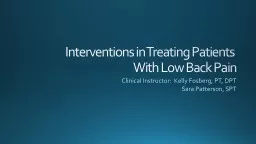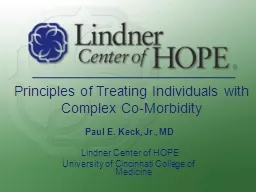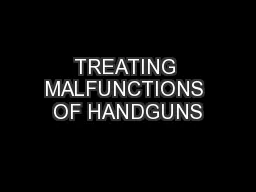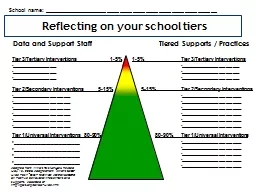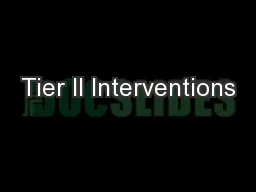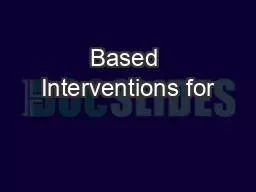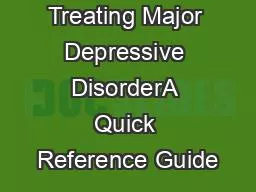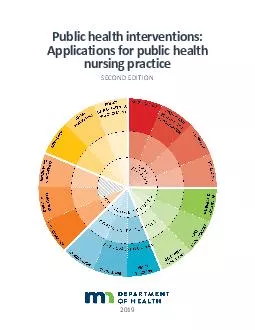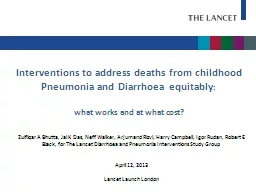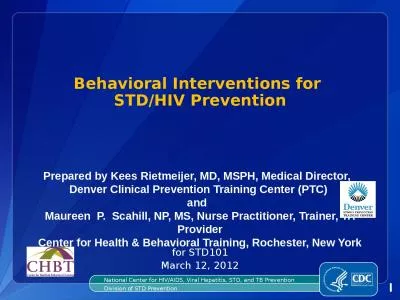PPT-Interventions in Treating Patients
Author : pressio | Published Date : 2020-08-06
With Low Back Pain Sara Patterson SPT Clinical Instructor Kelly Fosberg PT DPT Objectives Learn about the effectiveness of two different interventions used for
Presentation Embed Code
Download Presentation
Download Presentation The PPT/PDF document "Interventions in Treating Patients" is the property of its rightful owner. Permission is granted to download and print the materials on this website for personal, non-commercial use only, and to display it on your personal computer provided you do not modify the materials and that you retain all copyright notices contained in the materials. By downloading content from our website, you accept the terms of this agreement.
Interventions in Treating Patients: Transcript
Download Rules Of Document
"Interventions in Treating Patients"The content belongs to its owner. You may download and print it for personal use, without modification, and keep all copyright notices. By downloading, you agree to these terms.
Related Documents

